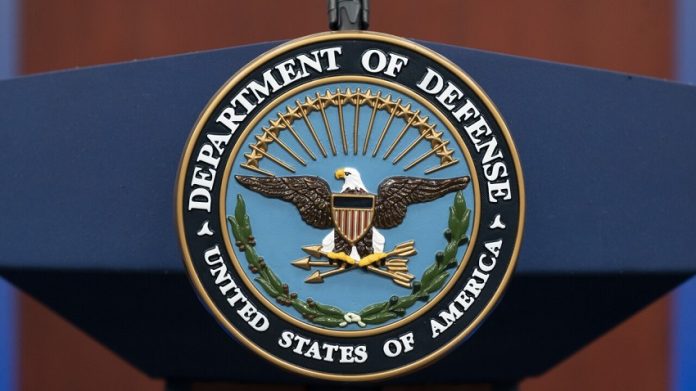Pueblo, Co – The Department of Defense (DoD) issued a directive on Wednesday ordering all military and organizational entities within the department to remove content related to Diversity, Equity, and Inclusion (DEI) from their official websites and social media channels. This includes news articles, feature stories, photos, and videos that highlight DEI initiatives.
The move, which aligns with President’s executive orders and the department’s evolving priorities, has sparked a wave of action across various branches of the U.S. military, including the United States Air Force Academy and the United States Navy. In compliance with the directive, both institutions have posted notices explaining that certain content was removed to ensure consistency with the new guidance from the DoD.
The statement read, “Content was removed to align with the President’s executive orders and DoD priorities,” underscoring the department’s commitment to adhering to the latest governmental policies.
While the exact reasons behind the decision remain somewhat unclear, the timing suggests a broader shift in focus at the federal level, where DEI-related content and policies have been a topic of growing debate in recent years.
The Department of Defense has not publicly elaborated on whether the removal of DEI content will lead to any broader changes in military culture or recruitment practices, but the decision signals a notable shift in the department’s approach to diversity and inclusion at a time when the topic has garnered both support and criticism.
This action is likely to prompt further discussions about the role of DEI initiatives within the military and whether the removal of such content represents a temporary pivot or a longer-term policy change. Military analysts and advocacy groups will likely keep a close eye on any subsequent developments as the DoD continues to redefine its priorities in the wake of the President’s directives.
The removal of DEI content, a key element of many military organizations’ public outreach in recent years, highlights the ongoing tension between policy shifts and military culture, and could have broader implications for how diversity and inclusion are treated within federal institutions moving forward.



